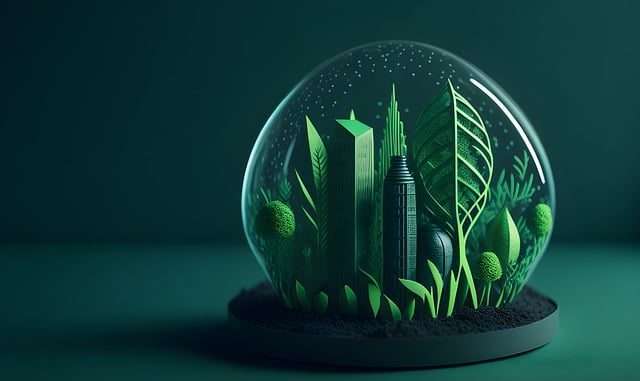
In an age where the allure of interplanetary colonization captures the collective imagination, spearheaded by visionaries like Elon Musk, a parallel, more terrestrial quest unfolds—the pursuit of sustainable living and the safeguarding of our environment. The emergence of green buildings, underpinned by the meticulous oversight of dedicated facilities managers, heralds a new chapter in this quest, positioning them as the unsung vanguards in the endeavour to ensure our planet remains a viable home for generations yet to come.
Green building transcends the mere concept of energy efficiency. It embodies a holistic approach to construction that meticulously evaluates the building’s environmental impact, resource efficiency, and occupant welfare. As the repercussions of human activity on our natural world become increasingly pronounced, the role of green buildings in mitigating these effects and nurturing a harmonious existence between human spaces and the environment is pivotal.
At the heart of these eco-friendly edifices are the facilities managers, tasked with a broad spectrum of duties that surpass conventional maintenance. These professionals are the stewards of sustainability, ensuring that buildings operate at peak efficiency while remaining environmentally conscious. Through a blend of energy optimisation, waste reduction, and the selection of sustainable materials, they wield their expertise to markedly diminish the ecological footprint of their buildings.
The significance of their role cannot be overstated. In a world where alternative human habitats are relegated to the realm of speculative fiction, the conservation of Earth’s finite natural resources assumes critical importance. Through sustainable facility management, these managers not only boost operational efficacy but also shape environments that reverence and encourage ecological equilibrium. By weaving sustainability into the fabric of daily operations, they play a crucial role in propelling global conservation endeavours, with green buildings emerging as a fundamental element of environmental stewardship.
The European architectural vista is increasingly imbued with the ethos of green building, setting a global benchmark for sustainable development. Every facet of construction, from the carbon footprint of building materials to the choice of locations that bolster sustainable transportation options, is carefully scrutinised to minimise environmental impact. Green buildings extol virtues such as acoustic comfort, water efficiency, and the curtailment of volatile organic compounds, thus promoting the wellbeing and contentment of their inhabitants. These edifices stand as testament to the notion that environmental commitment is congruent with fulfilling the needs of people.
The establishment of Green Building Councils, and the introduction of certifications like Ireland’s Home Performance Index, underscore a momentous shift towards sustainability in both construction and building management. The certification of over 20,000 homes under the HPI signals a burgeoning movement towards the adoption of eco-friendly living spaces.
The advantages of green buildings and sustainable facility management burgeon beyond mere environmental conservation; they significantly contribute to community well-being. By integrating natural lighting, accessible greenery, and improved living conditions, they foster a superior quality of life. The emphasis on preserving natural habitats and promoting biodiversity further cements the role of green buildings in charting a sustainable course for humanity.
As our society navigates the confluence of environmental conservation and sustainable development, the contributions of green buildings and facilities managers become increasingly central. Their concerted efforts in driving energy conservation, reducing carbon emissions, and enhancing operational efficiency lay the foundation for a more sustainable existence. The seamless fusion of sustainable facility management with green building principles charts a path towards a future in which human activities are in alignment with the ecological requirements of our planet.
While the dream of conquering celestial bodies holds sway over our collective consciousness, the tangible and urgent task of preserving the habitability of our own planet unfolds through the dedication of facilities managers and the adoption of green building practices. These initiatives are pivotal in securing a sustainable future for Earth, and they also redefine our relationship with the world around us. Clearly, the most substantial progress in sustainability is happening not amidst the stars, but on our own soil. As we progress, the continued synergy between the domains of facilities management and green construction will indubitably remain at the forefront of our endeavours to safeguard the only home we currently inhabit.


Be the first to comment